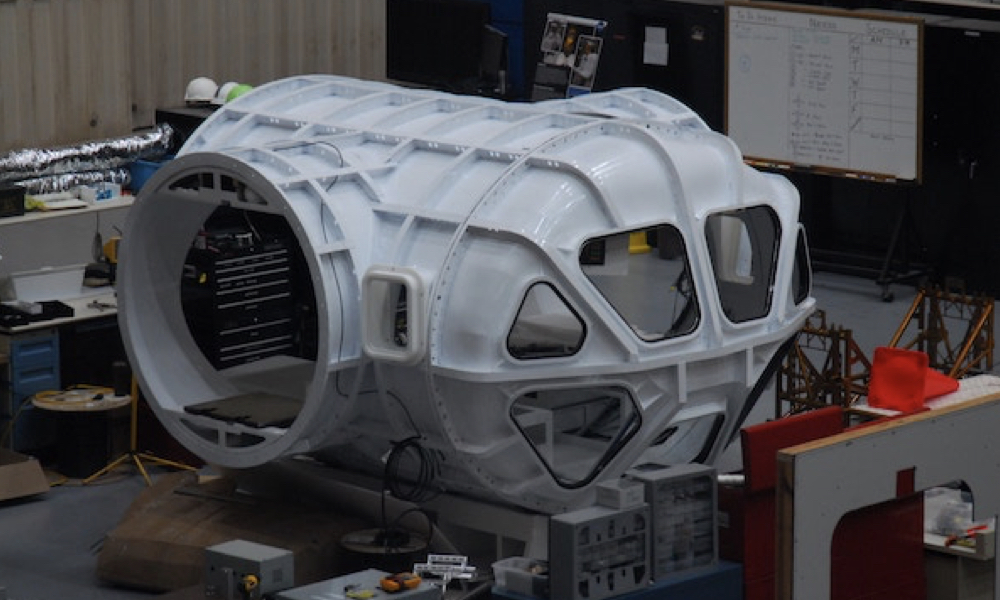
ESA Open Invitation To Tender AO8802
Open Date: 19/10/2016
Closing Date: 14/12/2016 13:00:00
Status: ISSUED
Reference Nr.: 16.197.18
Prog. Ref.: General Studies
Budget Ref.: E/0600-00 – General Studies
Special Prov.: BE+DK+FR+DE+IT+NL+ES+SE+CH+GB+HU+IE+AT+NO+FI+PT+GR+LU+CZ+RO+PL+CA+EE
Tender Type: C
Price Range: 200-500 KEURO
Techology Domains: Others
Establishment: ESTEC
Directorate: Directorate of Technical & Quality Manag
Department: System, Software & Technology Department
Division: Future Prep. & Strategic Studies Off.
Contract Officer: Fabrizi, Lavinia
Industrial Policy Measure: N/A – Not apply
Last Update Date: 19/10/2016
Update Reason: Tender issue
The most critical maritime operations requires pilotage, which is compulsory in many ports. A pilot is a mariner who boards a ship entering a harbor or other congested waters. He/she is an expert ship-handler who possess detailed knowledge of local waterways. In harbor navigation, the pilot directly manoeuvres the ship and communicates with the tugs and the shore linesmen to complete the berthing or the un-berthing operations. The objective of the proposed activity is to create a set of reliable safe paths to be used bythe different vessels which navigate in the local waterways environment. These paths are expected to reduce the uncertainty associated with each operation, thus increasing the overall level of safety. Furthermore, they will facilitate the pilots work and reduce their workload. Once certified, these paths will become one of the key enablers for future autonomous vessels traffic operations.In the proposed approach, and for a given port (or a critical inland waterway), a set of certified paths is generated based on GlobalNavigation Satellite Systems (GNSS) position estimations and Big Data techniques. In particular, GNSS Position, Velocity and Timing(PVT) data are available from GNSS receivers, which are widely used in vessels as one of the main sources of navigation information. At the same time, Big Data techniques currently allow for an effective processing of large data sets of GNSS measurements. In this context, a set of certified paths can be created in a four stages approach, i.e.: (1) Path Content Specification; (2) Data Collection; (3) Data Classification; and (4) Data Processing. In the first stage, the content of a certified path is agreed in close collaboration with the maritime community and the receiver manufacturers. Once the content of the path is specified, the next step is the Data Collection stage. Here, a large amount of Global Navigation Satellite Systems (GNSS) PVT data is collected for the ships performing the same type of operation (e.g. berthing) under a pilot control. After that, the collected data is classified based on the ship features (e.g. size, draught or other performance parameters associated with the vessel) and the different operational conditions (e.g. tide levels, sea current or sea state). This is done in the data classification stage. Finally, once classified, the data of a given group is processed to derive all the information which is needed for the generation of a certified path. The processingis done in the last stage of the process and will use suitable techniques such as polynomial regression. Once certified, a path will be fed into the ship navigation system and followed by another pilot in charge of performing the same operation with an identicaltype of ship and under the same environmental conditions. This will reduce the pilots workload and is expected to significantly enhance the safety of critical maritime operations. It is expected that the feasibility of both the concepts and the techniques studied in these activities will pave the way for future ESA missions evolution targeting maritime Safety of Life (SoL) services. In particular, the role of EGNOS, Galileo and, in general, GNSS for critical maritime operations will be clarified. Once feasibility is proven, an objective of this activity is to provide a way forward as a roadmap. This will include a new set of mission requirements forfuture European Satellite Navigation and Communications systems. These new concepts will require not only a change in the approachinrelation to navigation operations but also a need for a two way communication between the vessels and the local waterways authority.
If you wish to access the documents related to the Invitation to Tender, you have to log in to the ESA Portal.
